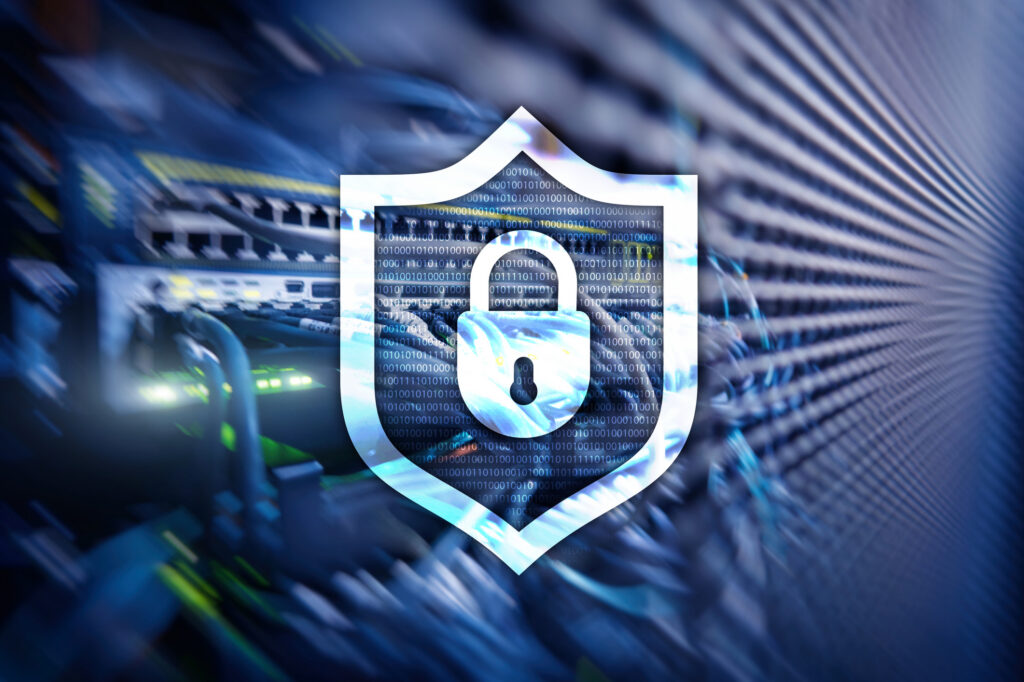Whether you’re the CIO of a large corporation or run your own enterprise, undoubtedly data center migration offers significant competitive advantages, from creating greater efficiencies to business agility and cost reduction. But according to Gartner, 70% of data center migrations will incur significant time delays or unplanned downtime, largely due to improper planning.
A key issue is few people in IT today have any experienced going through an entire migration project, making data center migration an exercise in preparation and risk mitigation.
Regardless of whether your data is held in the cloud, on premise or a hybrid of the two, successful migrations require careful planning, strong visibility of how your applications’ data is inter-connected and a clear view of expected outputs from the move.
If you are thinking about migrating, there are three key areas to consider in creating a safe roadmap to move your data center.
- Consolidating the Data Center Metadata One of the immediate planning problems is compartmentalization between different teams within the IT (eg, application, network operation, security, etc). Each IT team has its own language and focus. As a result, collaboration between different IT teams is not always smooth. So, before diving into project planning for data center migration, all information should be acquired and consolidated.
- Mapping the Network Equally, having an up-to-date network diagram and clear view of production traffic is critical to making sure your migration goes right first-time. Although many companies set out to keep an eye on their network traffic, over time their network diagram is not always updated. Without a clear understanding of the current topology and how the data flows, you are going into a migration project blind. Application-connectivity dependencies must also be taken into account throughout the planning phase. Why? Mapping these dependencies assures that once applications are migrated, connectivity between applications is maintained so business users experience minimal downtime for their applications. Furthermore, mapping the network also assures that security policy compliance remains in order. How? The answer here is automated discovery of applications and services – use a tool that identifies all your network traffic based on actual production usage.
- Checking the Numbers By this point, your roadmap should be in its final stages. It’s now time to sense-check and validate the information before you begin the transition. Moving ahead with a migration using assumptions based on incorrect information can result in investing in the wrong areas or expecting returns on your investment that just don’t exist. You may well have a great cost-savings from migrating to cloud or other disruptive data center technologies. But as part of checking your numbers, also consider if you need to hire more people to help integrate the new infrastructure with existing infrastructure.
With all these considerations drawn into your migration roadmap, you should be set for any challenge you encounter on the way, regardless of the experience level of your IT department.
To find out more about how to ensure that your data center migration goes according to plan while maximizing business continuity and security: read the solution brief Secure Data Center Migration with the Tufin Orchestration Suite
Ready to Learn More
Get a Demo





